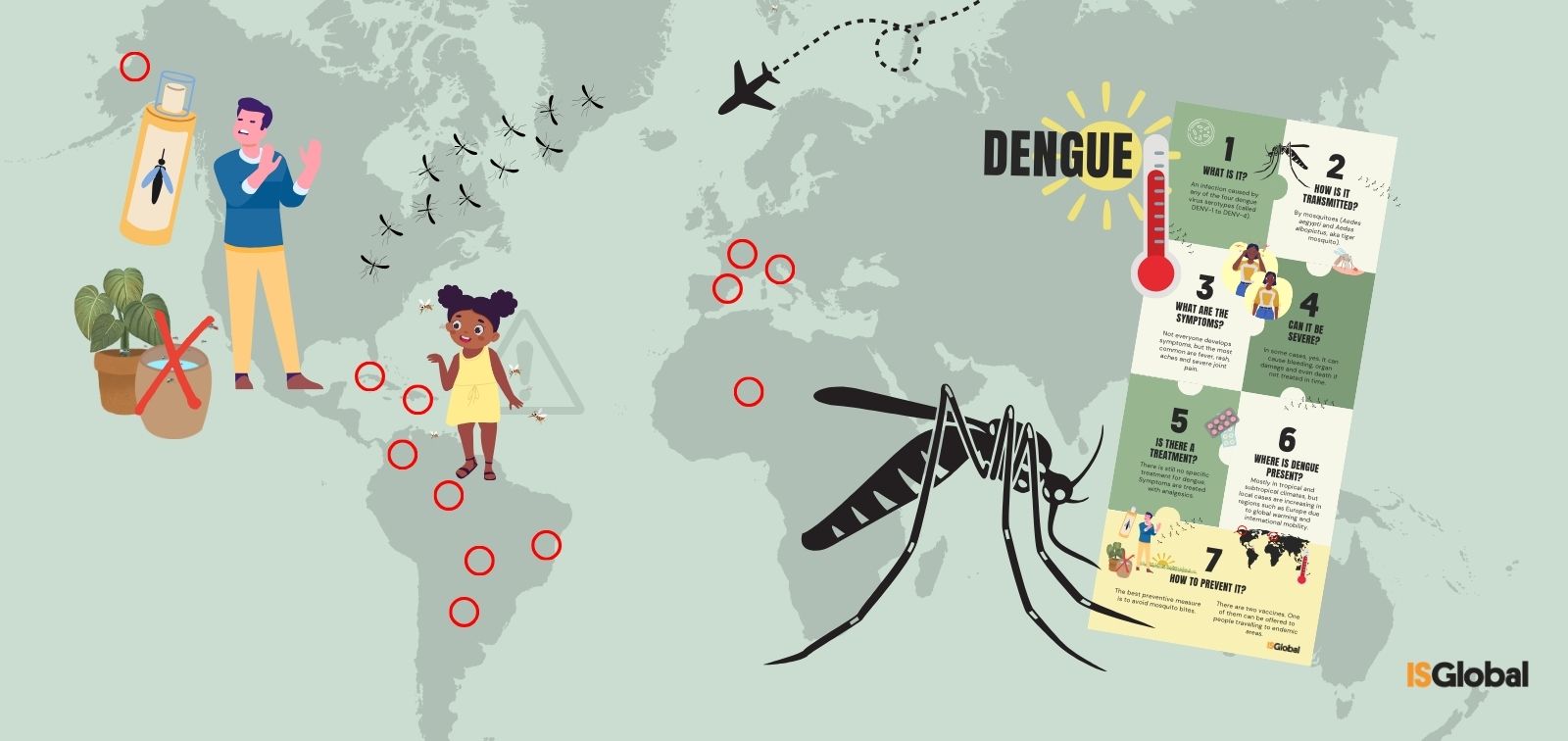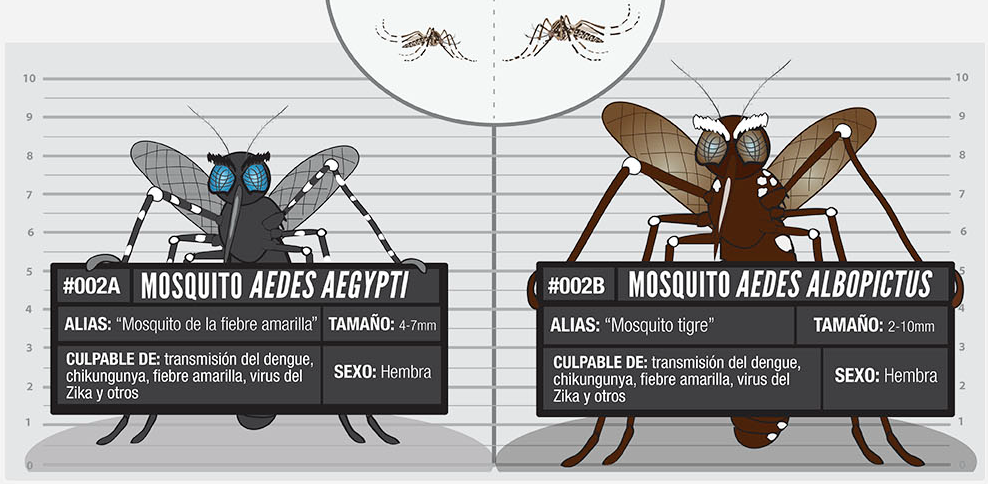Dengue
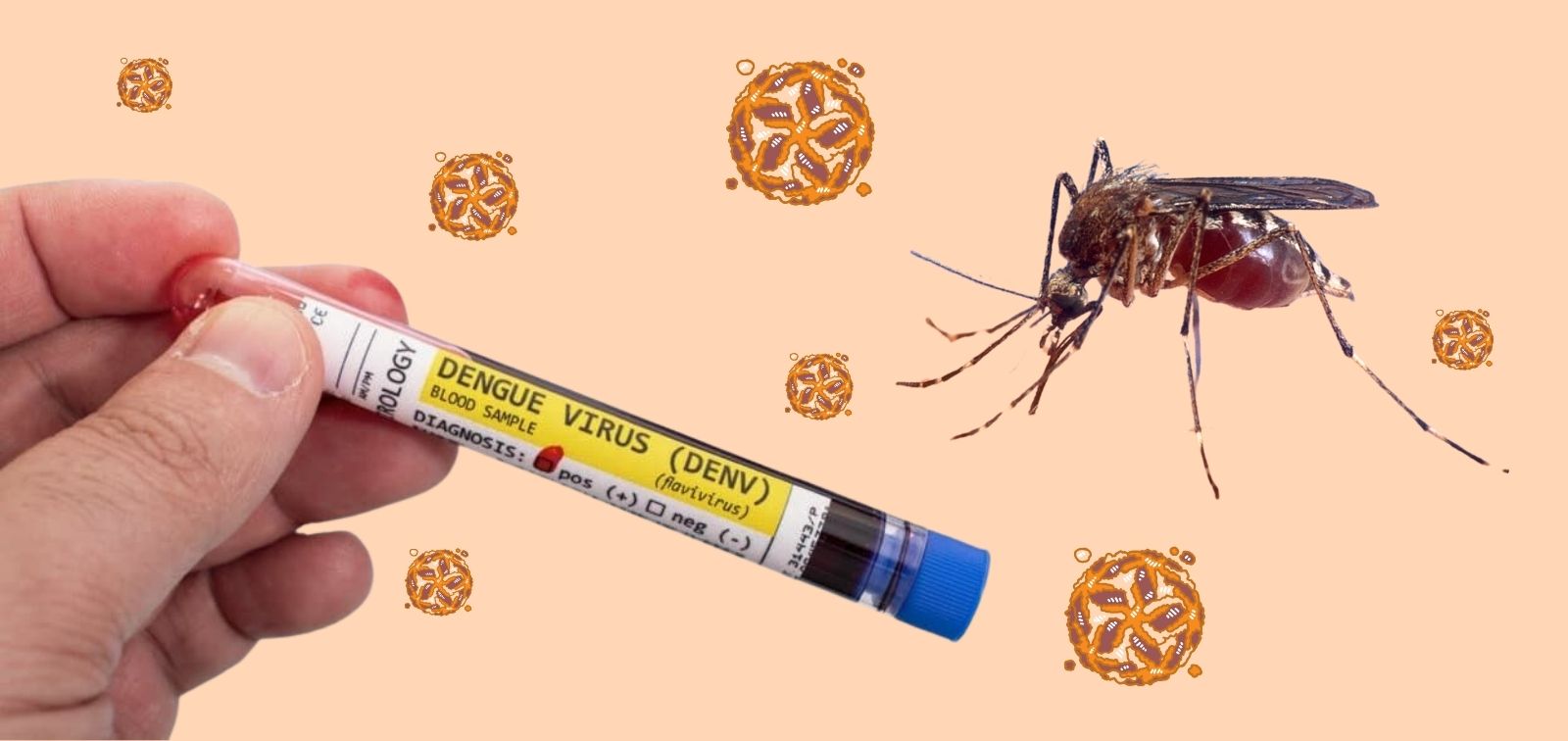
What is Dengue?
Dengue is a viral disease transmitted by infected mosquitoes of the genus Aedes, common in tropical and subtropical regions. However, due to climate change and globalization, these mosquitoes have spread to all continents except Antarctica.
About half of the world’s population is at risk of contracting dengue. It is estimated that between 100–400 million infections occur each year, although in recent years the number of cases has increased significantly, with a record 6 million cases reported in 2023. Tropical and subtropical regions remain the most affected, but there have also been local outbreaks in areas where dengue did not previously occur, such as southern Europe.
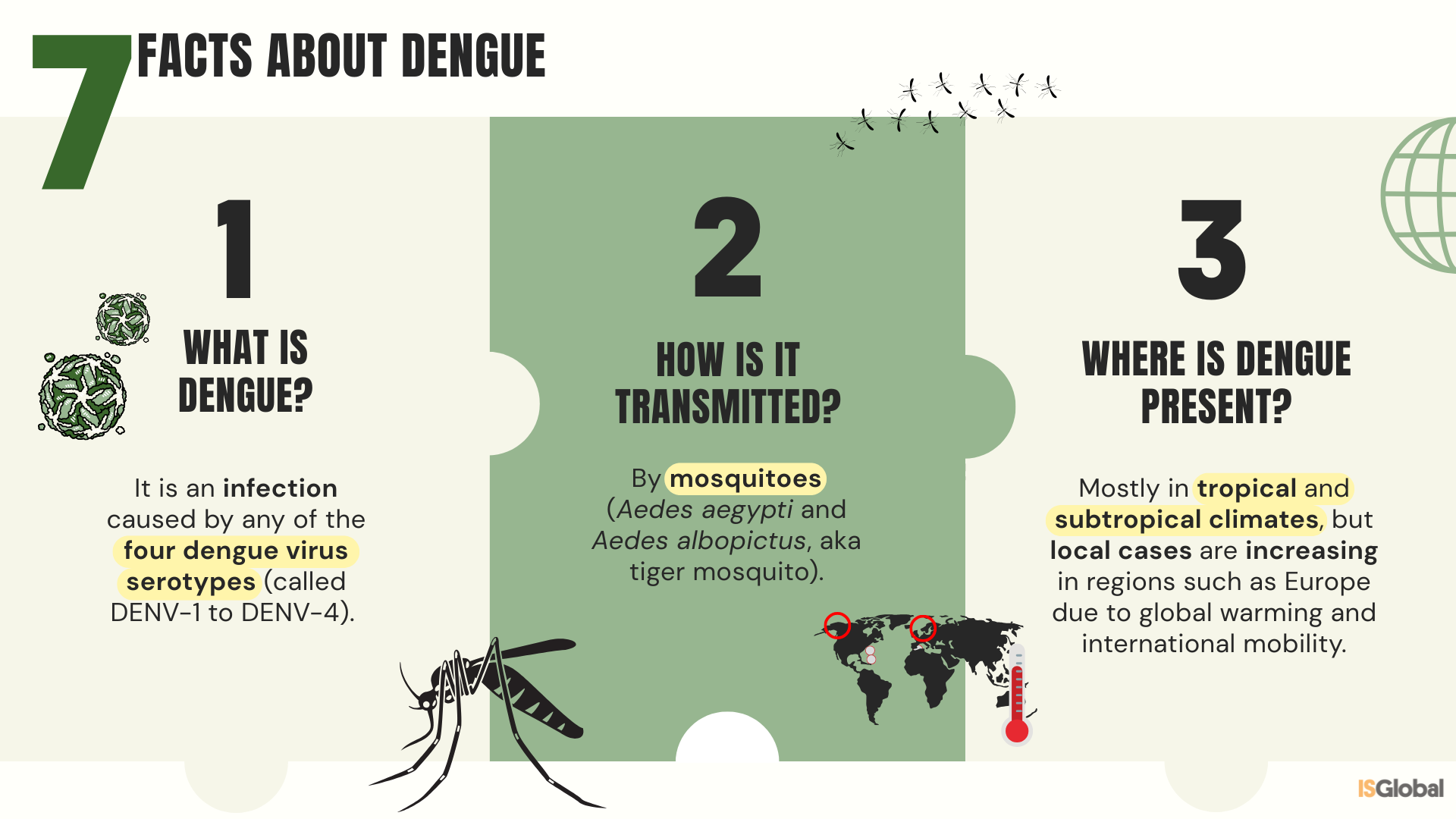
Transmission
The dengue virus is transmitted from person to person through the bite of mosquitoes of the Aedes genus (Ae. aegypti and Ae. albopictus, also known as the tiger mosquito). The female mosquito can transmit the virus between 8 days and up to a month after feeding on the blood of an infected person. Humans are the main source and host of the virus.
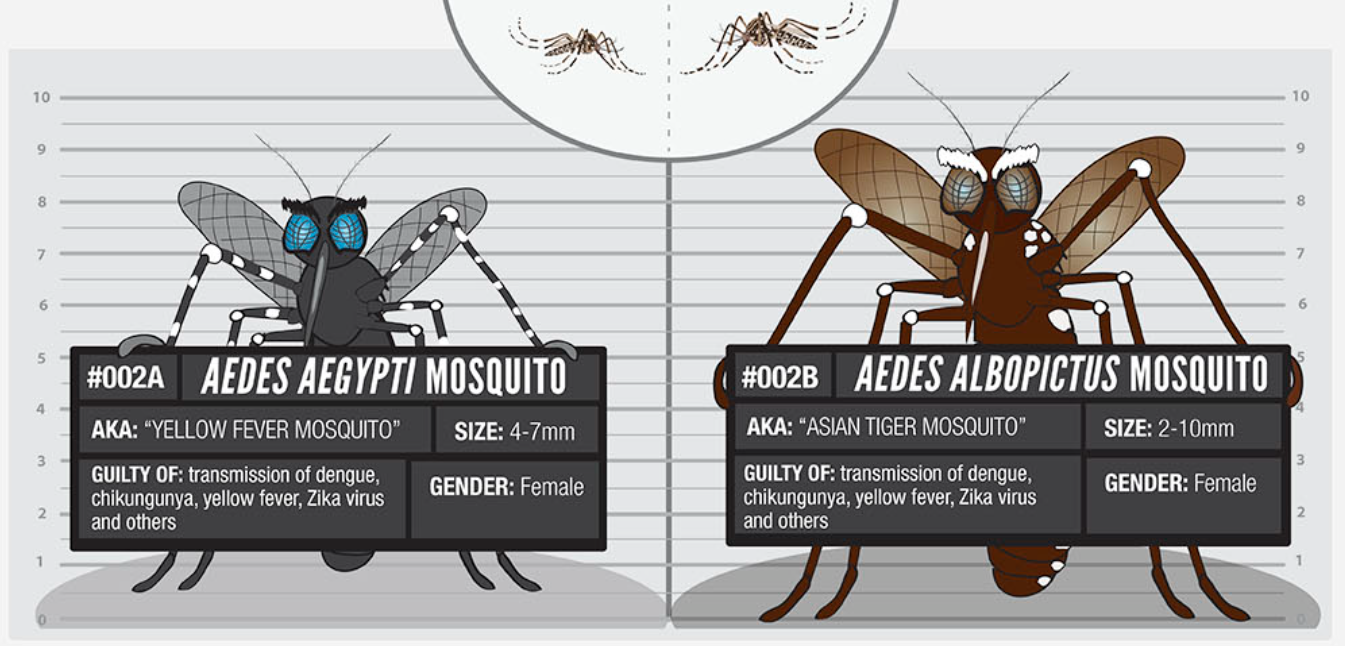
Symptoms
Most infections are asymptomatic or present mild symptoms such as headache, muscle pain, or nausea. In some cases, the disease can be severe and even fatal if not treated promptly. People who have previously been infected with a different serotype (there are four serotypes of the virus) are at higher risk of developing severe illness.
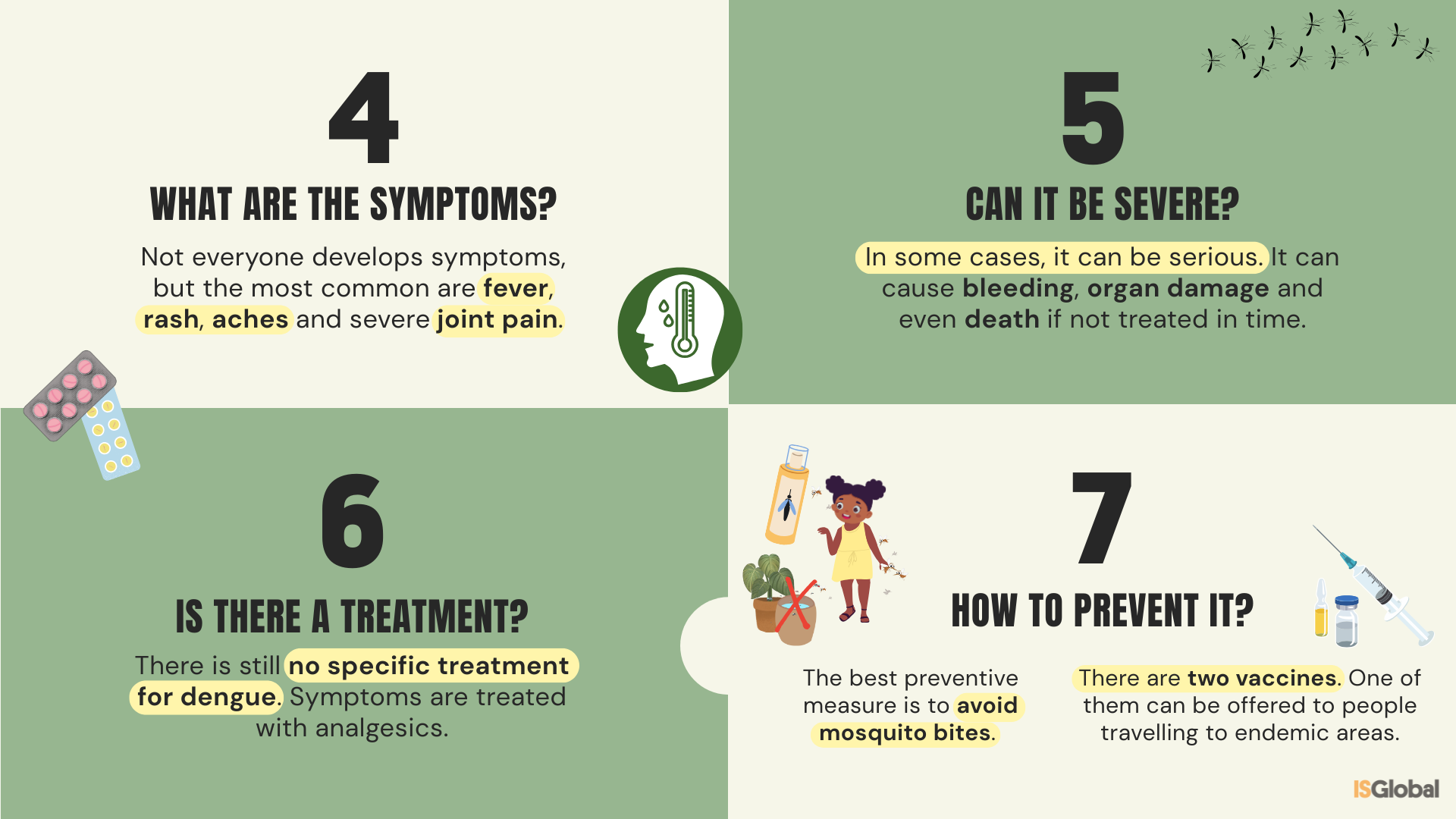
Diagnosis
Dengue infection can be confirmed through serological tests, which detect antibodies against the virus in the blood; or molecular tests, which amplify the virus’s genetic material. The latter are only effective within the first seven days after symptom onset.
Treatment
There is no specific treatment for dengue, but there are two authorized vaccines. One of them (by Sanofi) is only recommended for people living in endemic areas who have had a previous infection. The other (by Takeda) can be used for anyone over four years old, regardless of prior infection. Several other promising vaccines are in development.
Prevention
The best preventive measure remains avoiding mosquito bites by using repellents and wearing clothing that covers arms and legs. Controlling mosquito populations is also key to limiting the transmission of the disease.
READ MORE
COLLAPSE
- Dengue: Symptoms, Duration and Treatment of This Global Epidemic(ISGlobal, 2025)
- Dengue and severe dengue(WHO, 2024)
- Better Understanding Dengue Dynamics: How Long Does Immunity Last?(ISGlobal, 2024)
- A New Climate Model Can Predict Dengue Outbreaks in the Caribbean Region(ISGlobal, 2018)

